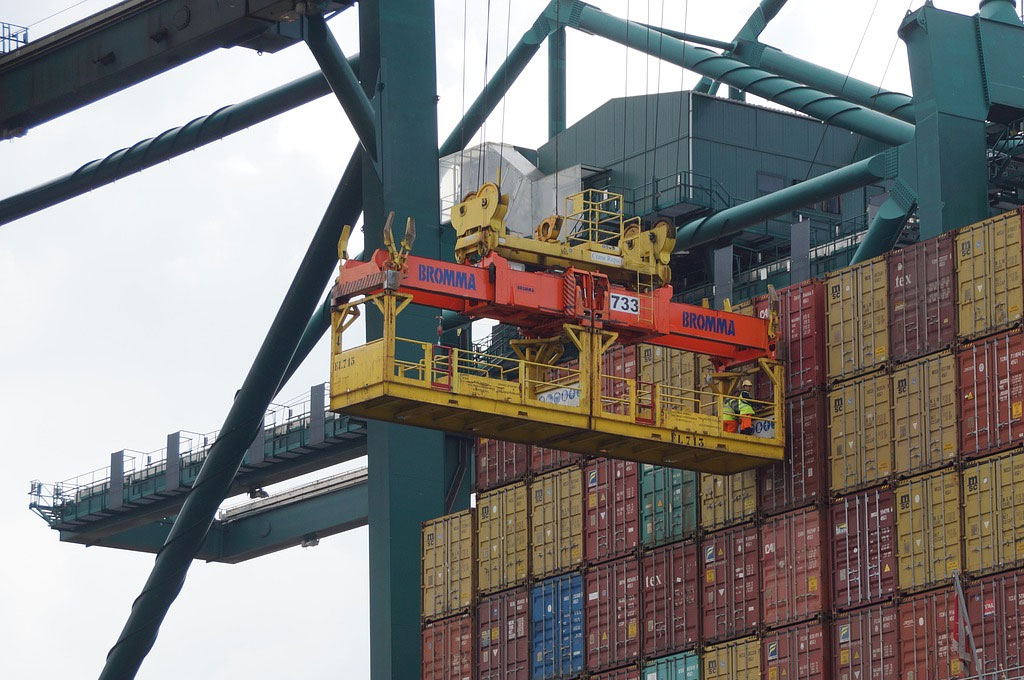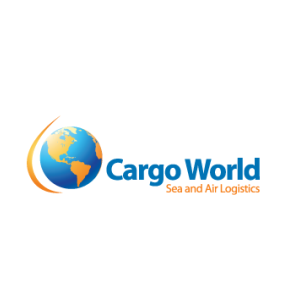In his first exclusive interview, Foreign Trade Secretary Lucas Ferraz revealed to GLOBO that the government is working today with three fronts in its strategy of opening trade: a reduction in half, starting from the beginning of the year which comes from the rates of the Common External Tariff (TEC), used in trade with non-MERCOSUR countries; the intensification of the agenda of trade agreements with partners such as the European Union, South Korea, Singapore, the United States, among others; and tackle the non-tariff barriers that burden foreign trade operations.
Currently, the average Mercosur tariff is 13%. Ferraz explained that there will be a reduction schedule of the order of 50%, but not in a linear way. Mercosur partners may present sensitive sectors that would have a different treatment, with smaller falls and longer maturity periods. He added that this reduction percentage was calculated based on the average rates of other developing countries with similar characteristics to the economies of the South American bloc.
- That does not mean that we will cut 50% of all tariffs. Let’s not reduce linearly. Everything will be done gradually, until the end of the mandate of this government, and in coordination with other policies aimed at reducing the cost Brazil – emphasized the Secretary of Foreign Trade.
According to him, in the last three decades, there has been an intensification of trade within the bloc, to the detriment of the exchange with other international partners. For example, Brazil sold more manufactured goods to Argentina, but lost market share to the United States and the European Union. As a result, Brazil’s share in international trade, which was 1.2% to 1.3% of the total, remains stagnant.
At the same time, Ferraz completed, Mercosur has a series of imperfections that prevent it from functioning as a customs union. There are a number of internal barriers. Cars and sugar, for example, are out of tariff liberalization on the block.
- There is a picture of stagnation in terms of international insertion. TEC remained very high and above average for countries with the same characteristics as Mercosul, which in turn ended up becoming a great strength, protecting partners from imports from the rest of the world and generating a large intra-bloc market, which was not positive, after all, for none of the partners. We are going to reform the Common External Tariff, “he said.
Asked if the government would have a plan B, if one of the Mercosur partners does not agree with this opening process, he said the exit is to abandon the customs union project and to consider the bloc as a free trade area. In this case, the TEC would no longer be used and Brazil would negotiate separate agreements.
“That’s just a possibility. We are not working with it. But if it does not work, it will be a friendly divorce.
Business Negotiations
The second front is trade negotiations. According to the secretary, Mercosur will conclude an agreement with the European Union in July of this year after two decades of comings and goings. Also on the agenda are agreements with Canada, South Korea, Efta (a bloc formed by Iceland, Liechtenstein, Norway and Switzerland), Singapore and the United States. The novelty is that the agreement that has already begun to be discussed informally with the Americans should not, in principle, be only with Brazil, but with Mercosur as a whole.
- Over the past 30 years, more than 400 notifications of trade agreements have reached the World Trade Organization (WTO). Brazil was practically oblivious to this process. We are left behind with South-South ideological negotiations and we abandon the North-South agenda, which is to trade with the developed countries. We are running after injury, “Ferraz said.
Delays in ports
The third front covers non-tariff barriers, motivated by technical and phytosanitary reasons. This project provides for the reduction of port delays in exports and imports to the exemption of foreign trade to facilitate the importation of services and reduce industrial costs. Brazil could export 14% more if it were not for these internal barriers.
According to the secretary, every day of port delay, the cost to the entrepreneur is up to 2% of the value of the cargo. He pointed out that with the single foreign trade portal, in the case of exports, the port delay has fallen in recent years from 13 to seven days. The target is, until 2021, the average import delays decrease from 17 days to something like 10 to 9 days.
– The single portal is a tool that will centralize all information, reducing bureaucracy. We will have an economy of the order of US $ 25 billion only with the reduction of port delay in Brazil, from the inclusion of imports.
No Barriers Program
Another point is trade in services, where Brazil is also closed for imports. According to him 70% of Gross Domestic Product (GDP) correspond to services of low productivity. Of each dollar exported from a manufactured good in the country, 32 cents correspond to the payment of expensive and inefficient domestic services, such as transportation, banking procedures, consulting and information technology. On the other hand, the tax burden on imports is, in general, 47% of the total purchased abroad.
He also said that government and the private sector will continue the No Barriers program. The idea is to map where the restrictions are on Brazilian exports. At the same time, a survey will be made so that Brazil also reduces its barriers to imports.
– We will increase the insertion of the Brazilian economy in international trade. It was a mistake of the previous governments to think that we must export a lot and import as little as possible into an ideology of ‘made in Brazil’. We always look for trade balances, as if this is an indicator that the economy is healthy. The correct indicator is the current trade in relation to GDP. Our goal is to expand the productivity of the Brazilian economy – Ferraz said.
Source: The Globe







